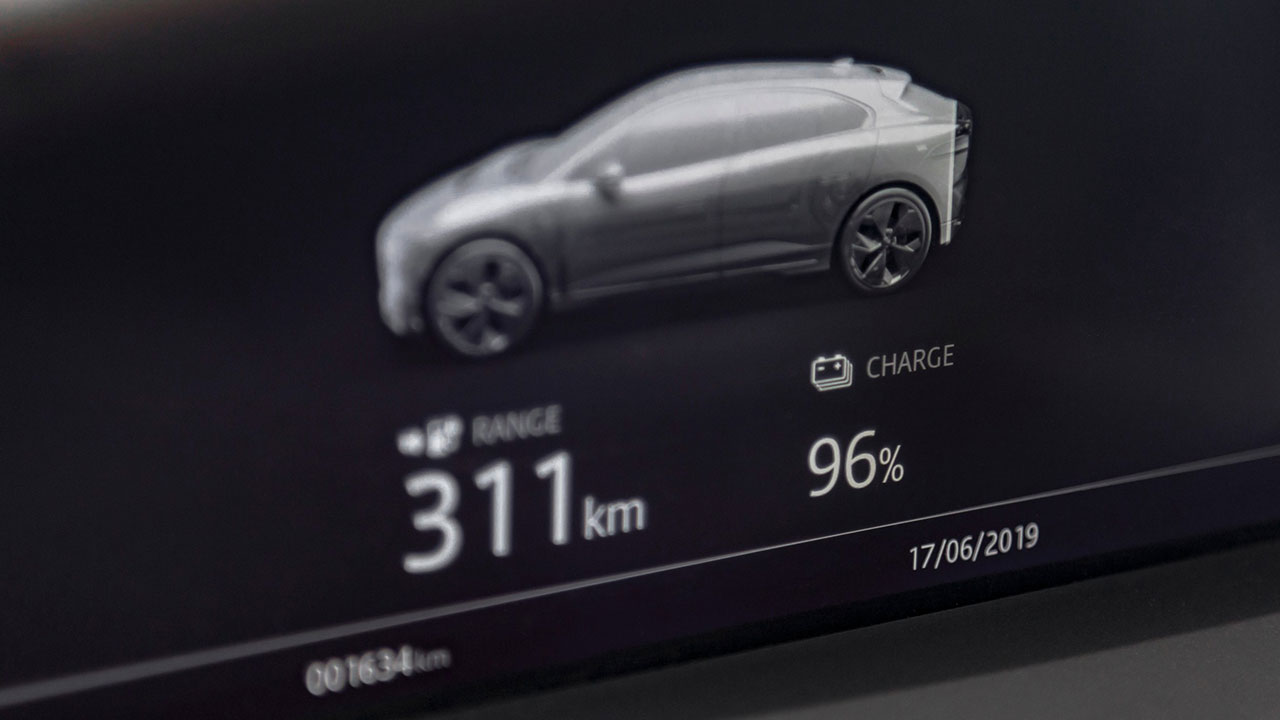The study, conducted by researchers at George Washington University (GW), used odometer readings from a vast dataset of 12.5 million used cars and 11.4 million used SUVs listed for sale between 2016 and 2022. The research revealed that, on average, BEVs cover 4,477 fewer miles (7,205 km) annually than their internal combustion engine (ICE) counterparts.
One possible explanation for this difference is that many BEV owners use these electric vehicles as secondary cars in addition to conventional or hybrid vehicles. Additionally, factors like range anxiety and the less developed charging infrastructure, compared to the extensive gas station network in the United States, could also contribute to this trend.
John Helveston, one of the study's co-authors and an Assistant Professor of Engineering Management and Systems Engineering at GW, reported that the average combustion car travels approximately 11,642 miles (18,735 km) per year, while the average BEV covers 7,165 miles (11,530 km) annually. In the SUV segment, the gap is somewhat narrower, with the average ICE SUV being driven 12,945 miles (20,832 km) per year, compared to the typical BEV SUV at 10,587 miles (17,038 km) annually. Interestingly, the average Tesla owner logs 8,786 miles (14,139 km) per year, whereas non-Tesla BEV owners drive an average of 6,235 miles (10,034 km) per year.
Helveston pointed out that while EVs are generally considered environmentally friendly, their environmental impact is directly related to the number of miles driven. The study's findings suggest that current EV owners tend to use their vehicles less than gas cars. To maximize the environmental benefits of EV adoption, it may be necessary to encourage higher-mileage drivers to switch to electric vehicles.
He also emphasized that policymakers and regulators should take studies like this into account when developing emissions regulations. For example, the Environmental Protection Agency (EPA) currently assumes that EVs are driven the same number of miles as ICE cars, which may not accurately reflect reality. Understanding how EV owners use their vehicles and what types of trips they substitute with electric ones is crucial for crafting accurate emissions-saving models.
Source: Cell



